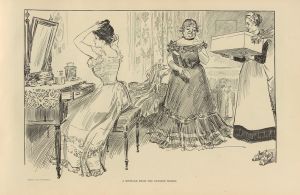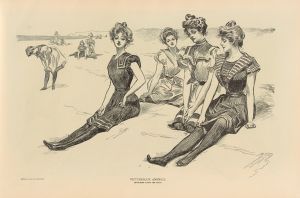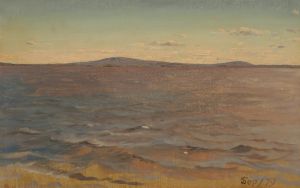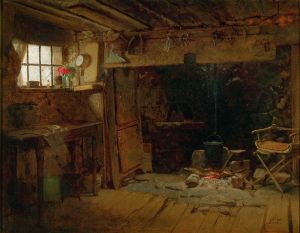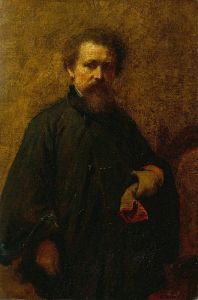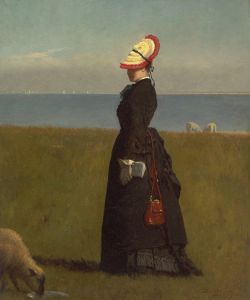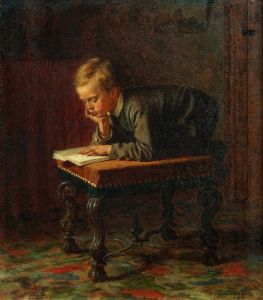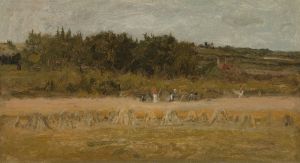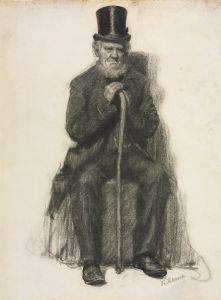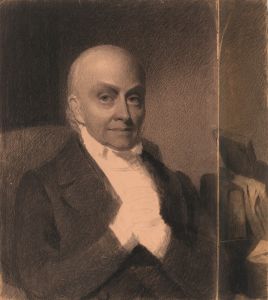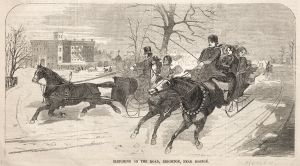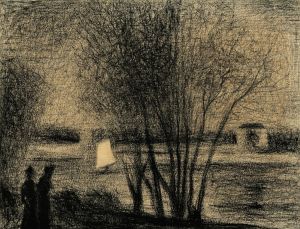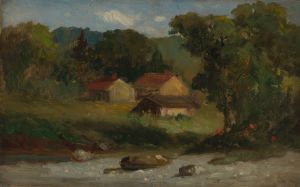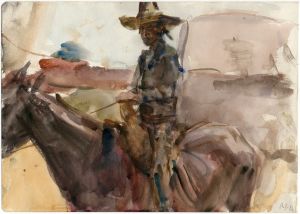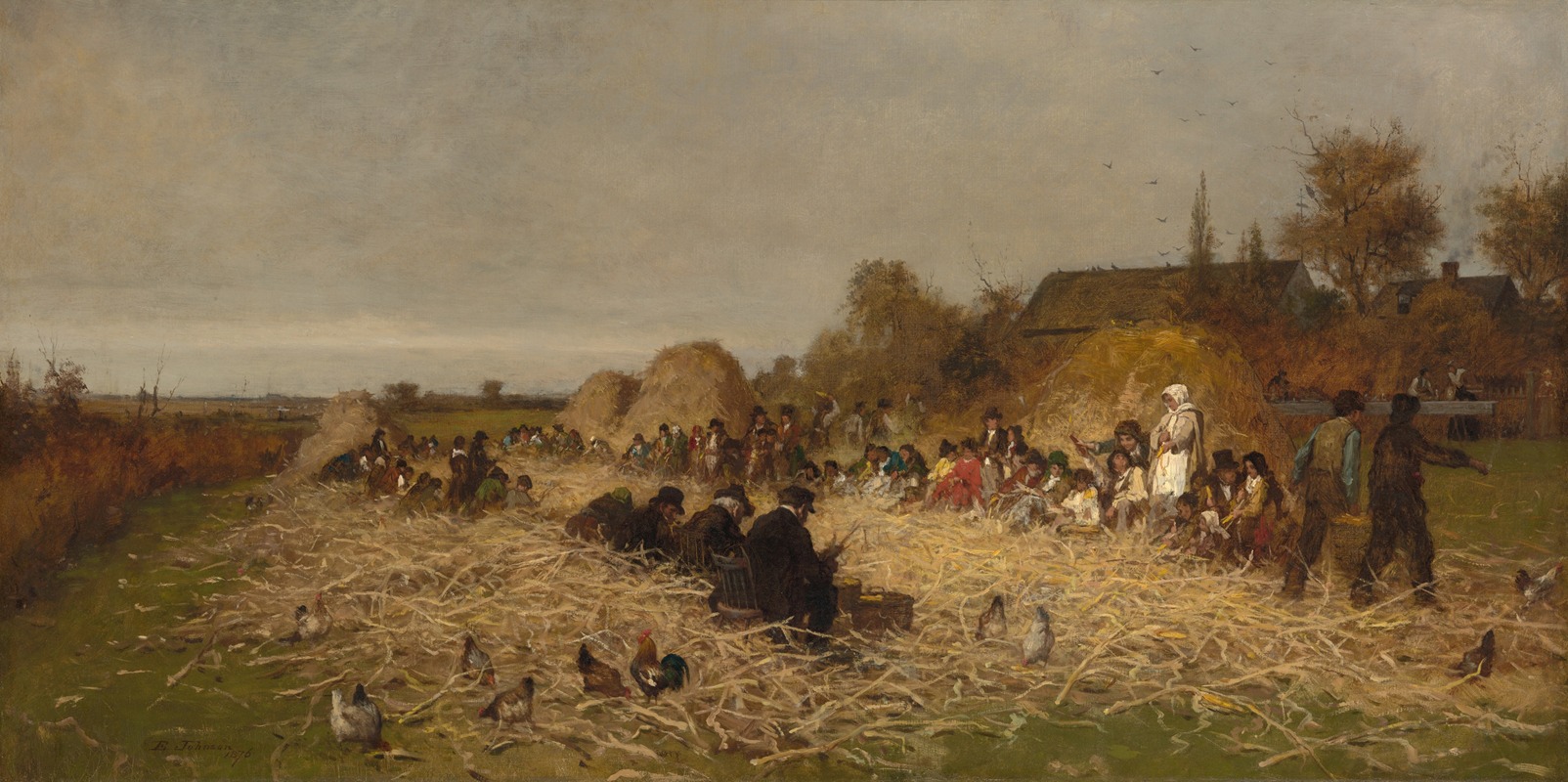
Husking Bee, Island of Nantucket
A hand-painted replica of Eastman Johnson’s masterpiece Husking Bee, Island of Nantucket, meticulously crafted by professional artists to capture the true essence of the original. Each piece is created with museum-quality canvas and rare mineral pigments, carefully painted by experienced artists with delicate brushstrokes and rich, layered colors to perfectly recreate the texture of the original artwork. Unlike machine-printed reproductions, this hand-painted version brings the painting to life, infused with the artist’s emotions and skill in every stroke. Whether for personal collection or home decoration, it instantly elevates the artistic atmosphere of any space.
Eastman Johnson's painting "Husking Bee, Island of Nantucket" is a notable work by the American artist, renowned for his genre scenes and portraits. Created in 1876, this painting captures a quintessentially American rural tradition, the husking bee, which was a social event where community members gathered to husk corn. The setting of the painting is the island of Nantucket, Massachusetts, known for its maritime history and as a whaling hub during the 19th century.
Eastman Johnson (1824–1906) was a prominent figure in American art, often referred to as the "American Rembrandt" for his skillful use of light and shadow. He was a co-founder of the Metropolitan Museum of Art in New York City and is celebrated for his ability to depict everyday life with warmth and authenticity. Johnson's works often reflect themes of American identity and community, and "Husking Bee, Island of Nantucket" is no exception.
The painting portrays a lively scene of men, women, and children gathered in a barn, engaged in the communal task of husking corn. The atmosphere is one of camaraderie and festivity, as husking bees were not only labor-intensive events but also social gatherings that included music, dancing, and storytelling. Johnson's attention to detail is evident in the varied expressions and postures of the figures, capturing the essence of the social dynamics at play.
The composition of the painting is carefully arranged to draw the viewer's eye across the scene. Johnson employs a warm color palette, with the golden hues of the corn and the earthy tones of the barn interior creating a sense of warmth and nostalgia. The use of light is particularly striking, as it filters through the barn, illuminating the faces of the participants and highlighting the textures of the corn and wooden beams.
"Husking Bee, Island of Nantucket" is significant not only for its artistic merit but also for its cultural and historical context. During the 19th century, America was undergoing rapid industrialization and urbanization, and Johnson's work serves as a reminder of the agrarian roots and communal traditions that were an integral part of American life. The painting captures a moment in time when communities came together to share in both work and leisure, reflecting the values of cooperation and neighborliness.
The painting is part of the collection at the Terra Foundation for American Art, which is dedicated to fostering exploration, understanding, and enjoyment of the visual arts of the United States. Through works like "Husking Bee, Island of Nantucket," Eastman Johnson has left a lasting legacy, offering insight into the social fabric of 19th-century America and the enduring themes of community and tradition.
In summary, Eastman Johnson's "Husking Bee, Island of Nantucket" is a masterful depiction of a traditional American rural gathering, rendered with the artist's characteristic attention to detail and sensitivity to the human experience. The painting stands as a testament to the cultural heritage of the United States and the timeless nature of community bonds.





